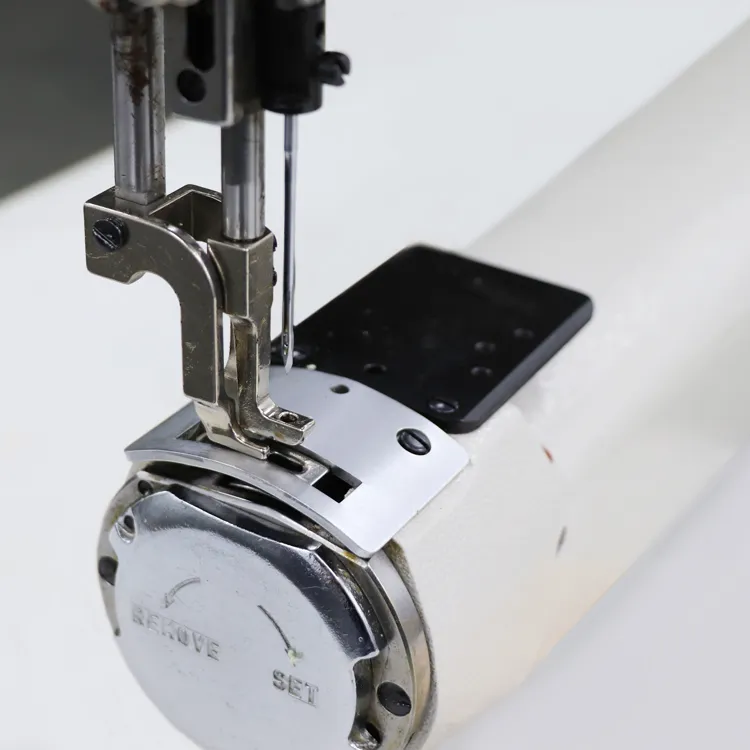blind stitch upholstery
The Art of Blind Stitch Upholstery
In the world of upholstery, the term blind stitch refers to a sewing technique that is often used to create a clean and elegant finish. This method is particularly popular for hems and seams on upholstery fabrics, allowing for a professional appearance without visible stitching on the surface. Whether you’re a DIY enthusiast or a professional upholsterer, mastering the blind stitch technique can enhance the aesthetic quality of your upholstery projects.
What is Blind Stitch Upholstery?
Blind stitching is characterized by a nearly invisible stitch that secures two pieces of fabric together while keeping the stitching hidden. The technique involves taking small stitches through the fabric layer on the underside, ensuring that the top remains unblemished. This is particularly advantageous when working with delicate fabrics or when a clean finish is desired, such as with cushions, draperies, or upholstered furniture.
Tools of the Trade
To perform blind stitching effectively, a few essential tools are needed. The most critical tool is the sewing needle; a curved needle is often preferred for its ability to easily maneuver around corners and edges. Additionally, you’ll need a high-quality upholstery thread that complements your fabric. Other helpful tools include a pair of fabric scissors for trimming threads and a ruler or measuring tape for ensuring accuracy in your stitching.
The Blind Stitch Technique
Performing a blind stitch involves a simple but meticulous process. Begin by positioning the fabric pieces together, ensuring they align perfectly. The first step is to fold back the edge of the fabric, creating a hem. Utilizing your needle and thread, you start by taking a small bite of the folded edge, followed by a tiny stitch into the main fabric below. The key is to keep these stitches small and evenly spaced to maintain the invisibility of the seam.
blind stitch upholstery

Continue this process along the edge, ensuring that your tension is consistent. A good tip is to pull the thread gently but firmly, creating a snug yet comfortable fit. Once you reach the end of the seam, tie off your thread securely and trim any excess.
Applications of Blind Stitching
Blind stitching is not only aesthetically pleasing but also functional. It is commonly used in various applications such as
1. Cushion Covers Ensuring that cushions maintain a sleek look without visible stitching adds to their luxury feel. 2. Curtains and Drapery A blind stitch can ensure that hems remain flat and unnoticeable, contributing to the overall elegance of your window treatments.
3. Upholstered Furniture From sofas to chairs, blind stitching helps maintain a professional look that enhances the overall design.
4. Bedding and Linens Bedding that features blind stitching often appears more polished, elevating the comfort of your home.
Conclusion
Blind stitch upholstery is an indispensable skill in the upholstery field, offering both functionality and aesthetic appeal. Whether you’re refreshing an old piece of furniture or creating new items from scratch, incorporating blind stitching into your sewing repertoire can greatly enhance your craftsmanship. With practice and attention to detail, you can master this technique, transforming your upholstery projects into stunning creations that combine beauty and durability. Embrace the art of blind stitching, and watch your upholstery skills flourish!
-
Industrial Cylinder Arm Sewing Machine: Revolutionizing Heavy-Duty SewingNewsJul.28,2025
-
Cylinder Arm Sewing Machine: Perfect for Special Sewing ApplicationsNewsJul.28,2025
-
Cylinder Bed Sewing Machine: Essential for Sewing Complex MaterialsNewsJul.28,2025
-
Heavy Duty Sewing Machine: The Essential Tool for Industrial ApplicationsNewsJul.28,2025
-
Computerized Pattern Sewing Machine: Revolutionizing Precision StitchingNewsJul.28,2025
-
Heavy Duty Industrial Sewing Machine: Power Meets PrecisionNewsJul.28,2025
-
Leather Sewing Machine: The Industrial Standard for Tough MaterialsNewsJul.18,2025





























